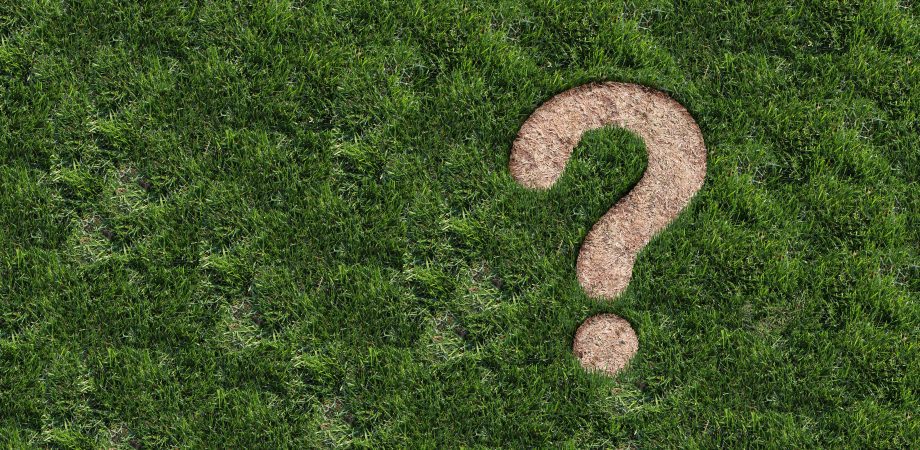Why Are Brown Spots in My Lawn: Poor Irrigation

There are a lot of things that can cause brown spots in your lawn, which makes it hard to get rid of the unsightly splotches. Some of the causes are out of your control, but a more controllable one is irrigation. Both too much water and too little water put your lawn at risk of unhealthy brown patches.
Drought and underwatering cause brown spots because the grass roots can’t take in enough water for the plant to thrive. Grass blades wilt, and you may notice they don’t stand back up after you step on them. These are signs your lawn probably needs more water.
On the other end of the spectrum, overwatering is also unhealthy for your lawn. It essentially drowns the grass by depriving it of oxygen and causing the roots to rot. Too much water can also kill the microbes in the soil, which are good for plant health. If you notice that your lawn feels squishy long after you water it, there’s a good chance you’re overwatering. Even more obvious, you may see runoff from your lawn after you water, which is a sign that you’re giving it more than it can absorb.
If you think your lawn is suffering from improper irrigation, your sprinkler system could be the culprit. It may provide uneven coverage, meaning that some parts could get too much or too little water while others receive the right amount. This can explain the brown patches where certain sections of your lawn are unhealthy. To determine if uneven irrigation coverage is the problem, you can place containers or cans of the same size around your lawn and turn your sprinkler system on for a set amount of time. Then, compare the water levels in the containers to see if they’re even or if the sprinkler is watering some parts more than others.
It’s possible that one or more of the sprinkler heads are damaged, which could make them flood the lawn or not water it at all. Mowers can damage sprinkler heads, as can freezing temperatures when sprinkler systems haven’t been properly winterized. You may notice missing or damaged plastic heads as a result of water freezing inside the sprinklers.
Repairing and replacing sprinkler heads is the first step to proper lawn irrigation. Once you have a system in place, you can determine when and how much to water your lawn. Amounts depend on climate and rainfall, but timing is easier to control. It’s best to avoid the heat of the day for watering so your lawn has time to absorb the water before it evaporates.
If you have brown spots in your lawn and see some of the signs described above, the issue could be as simple as poor irrigation. If not, it could be one of a number of other problems causing the brown patches. Check back next week for another blog post addressing a different source of brown spots.







